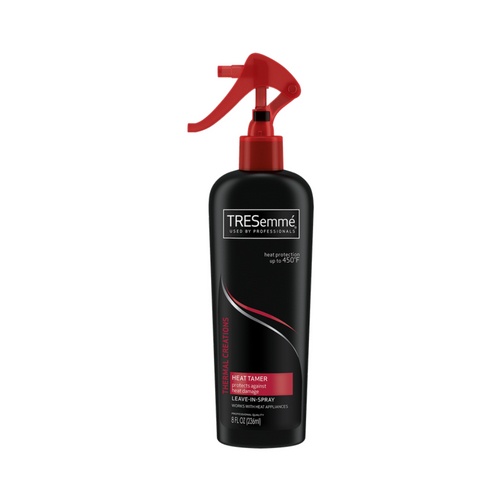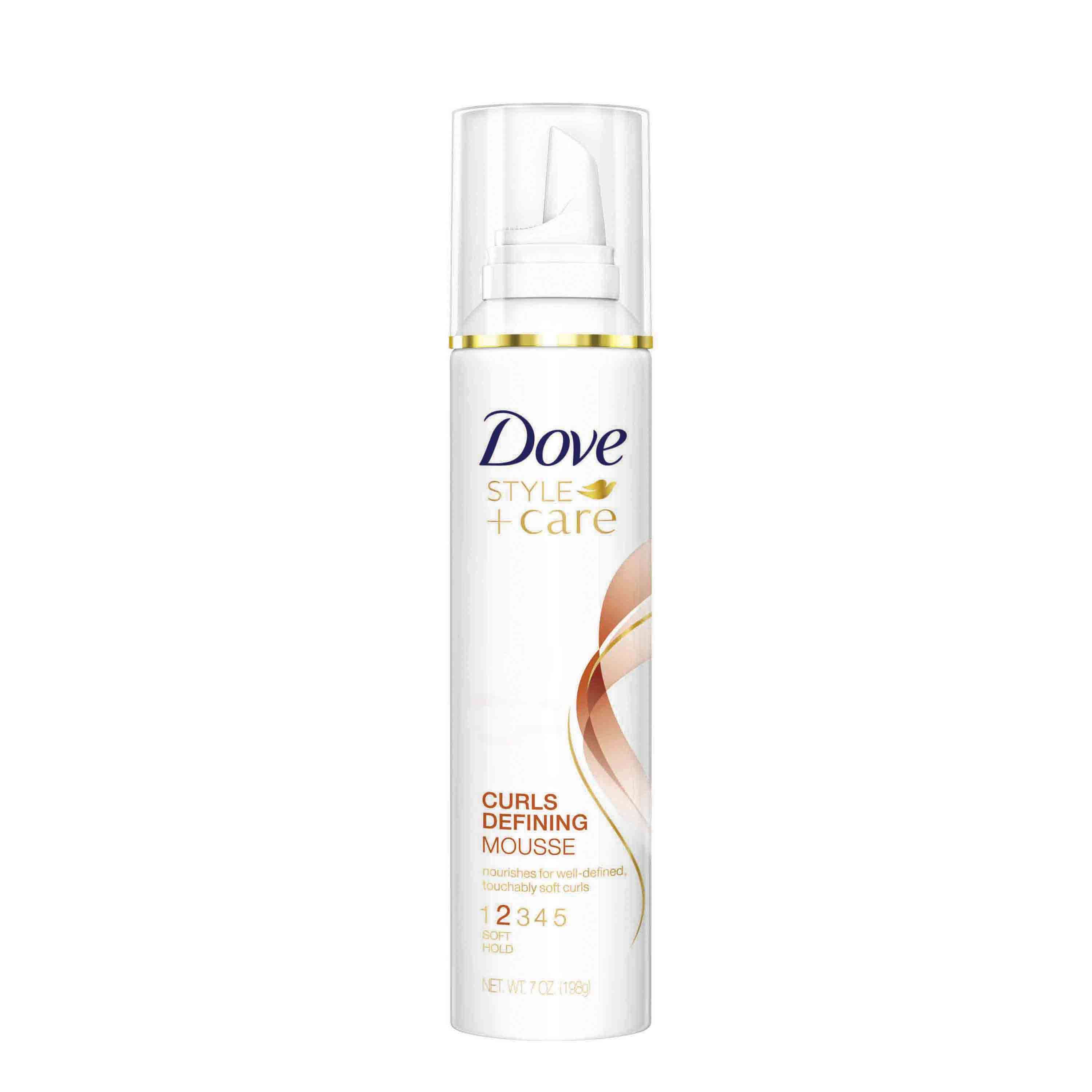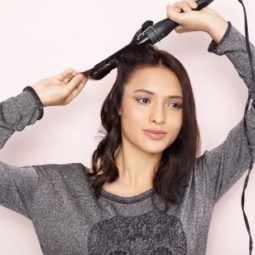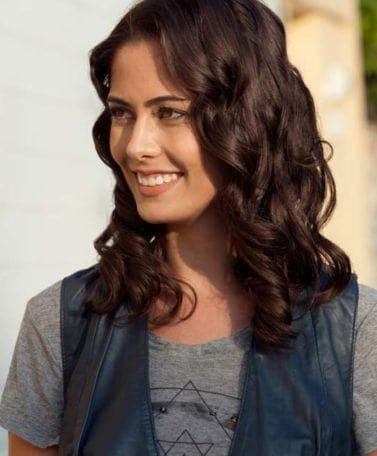
Best Curling Iron: Your Ultimate Guide
News flash: a curling wand and a curling iron are not the same thing. From choosing the right tools to perfecting your technique, read our ultimate guide ahead.
Confession time: We, too, struggle with this contraption you call a curling iron. There’s a certain level of skill involved when handling a pair of hot tongs (or a pair of hot anything, for that matter) whether or not it’s the best curling iron out there.
Suffice to say it hasn’t always been an easy road. We’ve seen our share of burnt strands, scalded cheeks and irritated scalps, which is why finding the tool best tailored to our needs and skill level (or lack thereof) is paramount. And whether you shell out major greenbacks for the best curling iron money can buy or go the budget-friendly route, most of it is still, as they say, all in the wrist.
That’s not to say that all these latest bells and whistles are for naught, of course. The newest innovations in curling irons and wands do everything from optimize heat distribution, to make for an easier rotation, to address a specific hair need (As for one that solves world peace, we’re getting there.).
And what does this mean for us? Well, we’ve deconstructed some of the different hair types to determine what the best curling irons are for your specific texture. Read on to see some of the best curling irons to give you more bang for your buck.
Best Curling Wand for Your Hair Type
1. Straight, normal or wavy: Clamped
Best in show: A regular curling iron with a barrel and a clamp. This popular version works best with hair that doesn’t run the risk of getting caught in the clamp’s hinge, like straight or medium-thick hair with not many frayed or split ends. If you have extra cash, choose a model that comes with different-sized barrels—usually increasing in diameter starting at under 1”—for a variety of curl options. Otherwise, a barrel that has a thickness of 1 ¼” is versatile enough to help you score the trendiest curly hairstyles out there. A heat protectant, like TRESemmé Thermal Creations Heat Spray, also helps you safely style your hair with a hot tool.
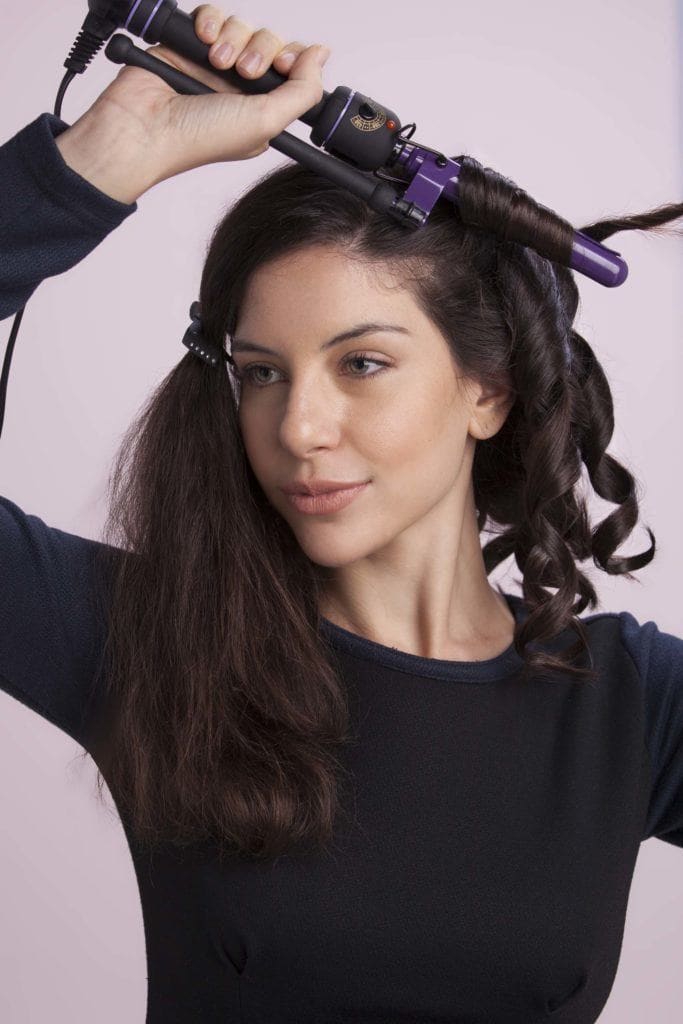
2. Thick, damaged or unruly: Wand
A hot curling wand is ideal for hair that’s been put through the wringer; since it’s clip-free, there’s less risk of sandwiching in more heat than necessary. The absence of a hinged clamp also means that thicker, wilder hair has more freedom to move around the barrel without snagging. It does take a bit of practice to master this new-ish device, especially if you’re used to old-school clamps, but once you’ve got it, you will #NeverForget its ease of use. Not to mention the gorgeous, glossy spirals it provides, which is what a gal sometimes really needs. A ping-pong ball-sized dollop of curl-specific mousse, like Dove Style+Care Curls Defining Mousse, can help provide more structure for curls to form.
3. Fine, thin, limp or wavy: Oval-shaped
It might be harder to find than most, but if you can, try and be on the lookout for an oval-shaped wand or barrel. There are some wavers out there with this particular shape, and the reason we’re hard-selling it as the best curling iron for this hair type is that no amount of hair hacking with a flat iron can come close to the loose, sexy waves this gives on fine hair. Thin, limp strands can coil up too tightly or look crispy when worn with a traditional curl, and sometimes a true waver is all you need for enviable, uniform-sized, how-the-heck-did-she-get-those waves. A wave-enhancing cream, such as TRESemmé Make Waves Shaping Gel Cream, can help reinforce those bends too.
4. Curly or coarse: Rotating
Or lazy, let’s not forget lazy! Joking aside, a rotating curling iron is one of the most beloved iterations of the tool because of its apparent foolproof properties (after the initial learning curve, that is). All it takes is a simple clamping of hair under the clip and a press of the button. Ideal for hair that’s best curled in gentle increments—such as curly, frizzy, or brittle hair types—a self-spinning iron can help you achieve an even curl with less of the dangerous guesswork. Careful to not curl a lot of hair at once, as some strands have been known to get caught at the base of the cylinder while spinning. But once you ace the technique, it’s easy-peasy, lemon squeezey, we promise.
Choosing Your Curling Wand

1. The size of your curling wand.
Much like curling irons, the basic rule of thumb here is the larger the barrel circumference, the bigger and looser the waves; and the smaller the barrel, the tighter and coilier the curls. For example, a 13 or 19mm barrel will create smaller, precision spirals, while a 32 mm version will achieve more natural-looking, loose, beachy waves (with the right techniques, it can help to promote a little lifting action to create volume and height, too). For those looking for something more versatile, a 25 mm barrel – which will produce semi-loose curls that you can manually tease out for a more natural effect – is a good compromise.
2. The shape of your curling wand.
Unlike curling irons, however, size isn’t the only thing to consider. Curling wands vary in shape, too. Straight barrel wands create equal-sized curls, resulting in more polished, uniform ringlets. It can also benefit those with an extremely straight mane as it’s easier to use a straight barrel to curl the lowest part of the hair. Coned-shaped barrels can either be larger at the top and smaller at the base, or vice versa, with the smaller end giving tighter curls, and the larger, fuller waves. This combination helps to create a more natural, freestyle look.
Want the best of both worlds? Meet the interchangeable curling wand. Being the most versatile and complete option, it’s also the most expensive tool of its kind. But we guess you can’t put a price on convenience, right?

3. The material of your curling wand.
The last thing to factor into your decision when buying a curling tool is the material it’s made from. One of the most commonly used materials in today’s hair styling tools is ceramic. Known for its smoothing properties, ceramic surfaces are scratch resistant, and therefore allows the hair to glide gently over it without snagging. It also conducts heat extremely well and distributes it evenly along the entire length of the barrel.
Tourmaline wands are so-called because these semi-precious stones are crushed and fused together to coat the ceramic or titanium barrel. Suitable for most hair types, their real advantage lies in the fact that they prevent friction, helping to eliminate frizz and staticity altogether while curling.
The most advanced and expensive tools on the market are usually manufactured using titanium, which is the best conductor of heat by far and is therefore great for use on coarser, thicker hair textures. Not to mention it can also help seal in the hair’s natural oils and moisture to protect it against heat damage.
How to Use Your Curling Wand

One of the most important things to remember is to always try and use the wand’s lowest heat setting. This will help minimize the damage such advanced electrical tools like this can do to your hair. And don’t forget to prep your tresses with some heat protection beforehand.
To achieve loose, casual waves, take a small section of your hair (no more than two inches) and wrap around the wand, going from top to bottom, then hold for no more than 5-10 seconds, depending on how thick or coarse your strands are. Repeat the same method with the rest of your hair, being careful to vary the length of time you hold for, as well as how tightly you wrap the piece of hair around the barrel, for the most natural-looking results. When you’ve achieved the right amount of curls, flip your head over and use your fingers to gently release the ringlets. For a longer-lasting hold, don’t forget to lock in your style with some of the Bed Head by TIGI Headrush Shine Hairspray. Easy enough, right?
Ready to do more with the best hair curler? Check out our feature on how a curling wand can help you get loose curls.
